Gopalpur-On-Sea Odisha’s Hidden Time Capsule
By- Anil Dhir
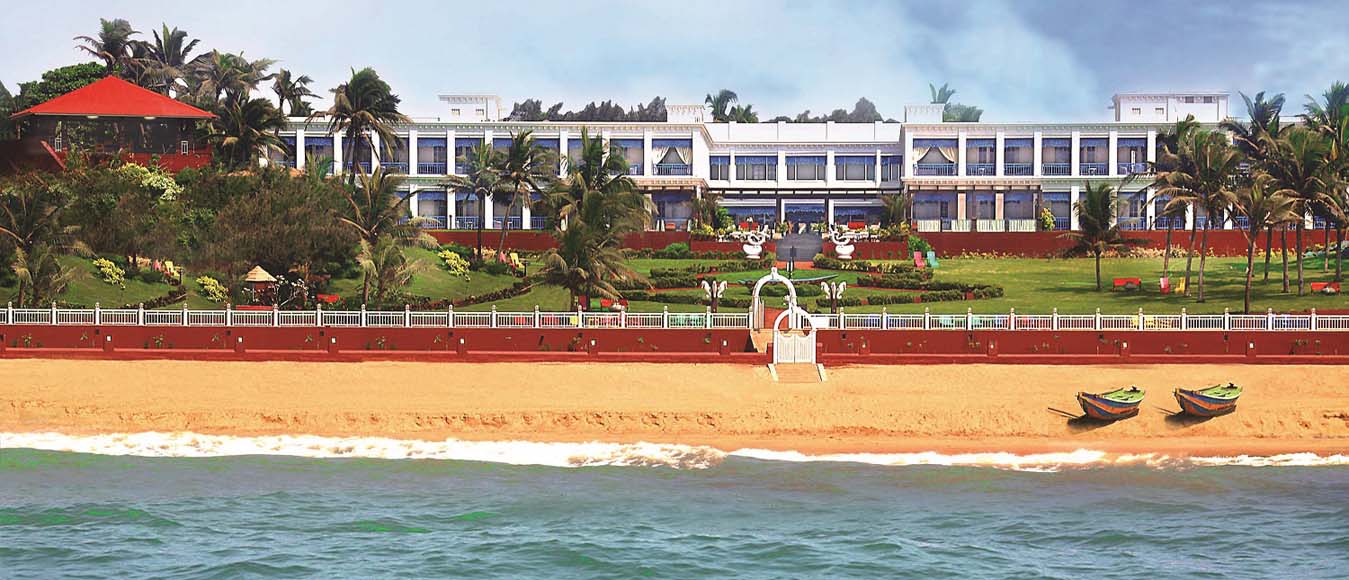
Gopalpur-On-Sea was originally a small fishing hamlet on the southern coast of Odisha. Named after the ‘Krishna Gopal’ temple built in the 18th Century, the village’s antiquity stretches back to a much earlier age when Odisha had a rich maritime tradition. The early Kalingans had sailed to Java, Bali and Sumatra carrying the seeds of Indian civilization with them. It was a flourishing port on the eastern coast for years. The East India Company had built huge warehouses and godowns for trade with Burma. Even passenger ships sailed from the place, taking indentured labourers for the rubber plantations and railways in Burma and South East Asia.
- Ultimate beauty of Gopalpur-On-Sea (Brahmapur)

The road rounds a curve and stretching infinitely are the blue waters of the Bay of Bengal. The British put the suffix ‘on sea’, similar to the names of little English fishing villages like Middleton-on-sea, Frankton-on-sea and so many others
The road to Gopalpur from the railhead at Berhampur meanders through coconut plantations and casuarina groves, before sharply dipping downwards through the narrow marketplace. The road rounds a curve and stretching infinitely are the blue waters of the Bay of Bengal. The British put the suffix ‘on sea’, similar to the names of little English fishing villages like Middleton-on-sea, Frankton-on-sea and so many others. The pristine beach, the picturesque fisher folk, swaying palms and the salubrious climate made it the favourite rest and recreation place for those who could afford it.
In 1914, Signor Maglioni, an Italian businessman was charmed by the palm fringed beach of the languorous place, where the silence was broken only by the breakers and the occasional coconut thudding on the ground. He established the ‘Palm Beach Hotel’ in 1914, building it in the Mediterranean architectural style. It was the first hotel of the State and probably the first beach resort of the country.
Between the two World Wars (1914-1918 and 1939-1945) Gopalpur was overrun by the men in Khakis and became the eastern sectors base for ferrying out troops and supplies to Rangoon. In 1945, after the end of the World War II, India inched towards being an independent nation. By the 1947, most of the British had left Indian shores and the commercial activity of Gopalpur had dwindled to a trickle. The once vibrant emblazoned ball rooms gaped at open skies. The busy wharfs crashed down and the warehouses became seedy gateways for derelicts. After the British left India, even the rich Bengalis preferred to holiday in other places and Gopalpur began to revert to what it originally was – a small fishing village.
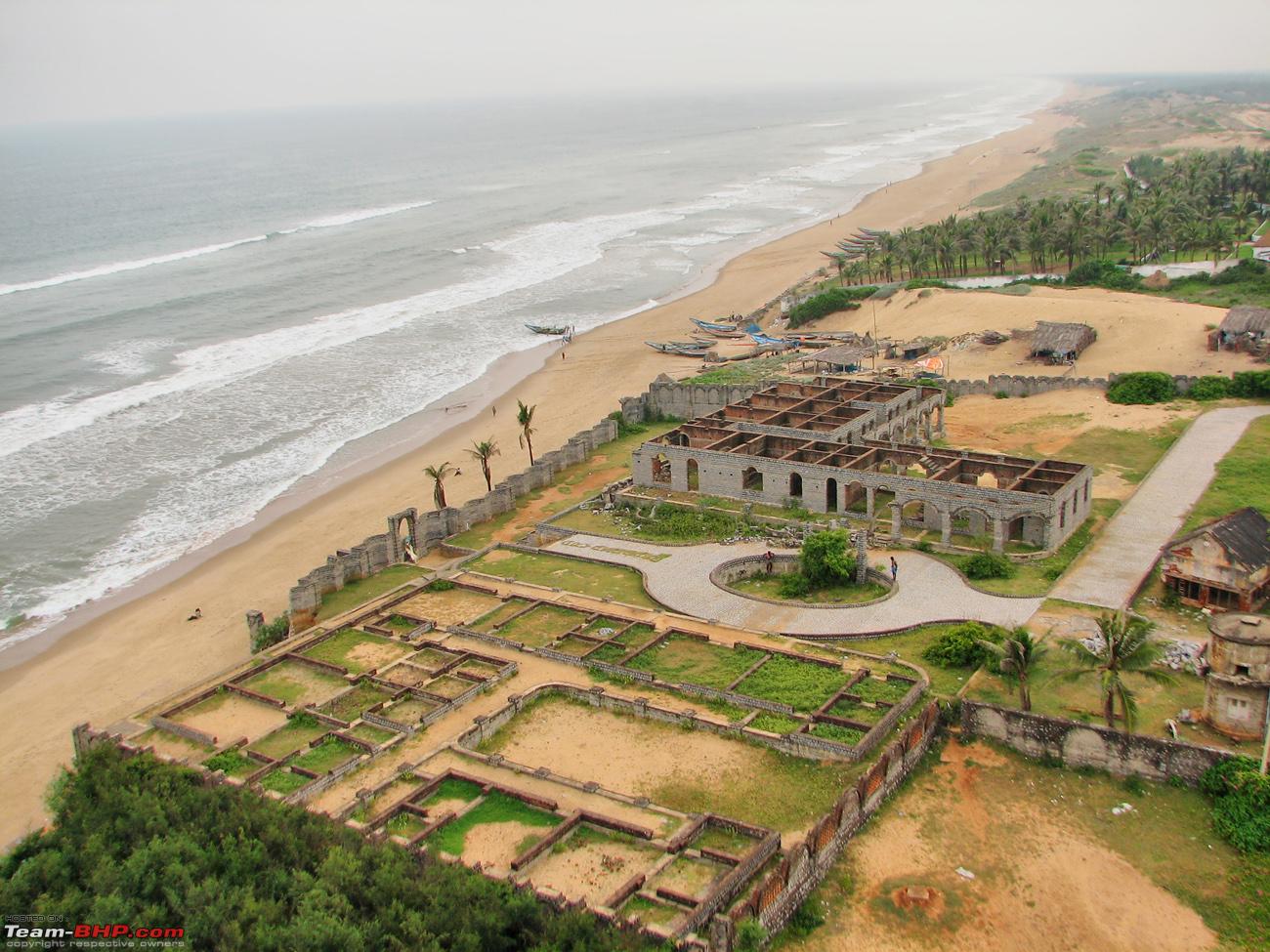
- Gopalpur-On-Sea (Brahmapur)
Many of the smaller bungalows along the seafront were taken over and developed by retired Anglo-Indians from Kolkata. These guest houses had names like White Hart, Smith’s Place, Homestead, Ocean View, Christopher Lodge, Colbon House and Sea View, The Anchorage and Wroxham House and Blue Haven. They were run on the lines of British Bed and Breakfast cottages. Their location was fantastic, overlooking the blue Bay. Beautifully maintained, they were a stark contrast to the crumbling ruins that lay alongside.
Rai Bahadur M.S Oberoi took over the Palm Beach Hotel in 1946. On a chance visit to Gopalpur, his keen eyes did not miss the state of disrepair that the hotel had fallen to. His instinct smelled a bargain and Maglioni was only too happy to sell it for a paltry three lac rupees, thereby enabling the Oberoi legend to root itself as the ‘Oberoi Palm Beach’. After its door opened, the who’s who of the country, from Prime Ministers, to celebrities and royalty left their impressions behind along with their footprints on the sands of time.

On a recent trip to the place, I once again went and met Mrs. Rosalind Dutt, the innkeeper of the Mermaid Motel. I had stayed at the place years ago, and remembered how she made me walk her dogs in return for a free meal. She is the last of the old lot who has stuck to the place. Mrs. Dutt is of Armenian ascent, she had moved to Gopalpur in 1983, after taking over the old property of the Brahma Kumari’s on the seafront. She renovated the core structure from scratch, lovingly touching up the details, reinventing the old magic, preserving the memories. After the death of her husband, she ran the place for years. Her ill health forced her to convert into a girl’s hostel for a couple of years. She had a bypass surgery after which she came back and restarted the inn. She stays in a quaint cottage aptly named Dutt Cottage adjoining the Motel. The place is kept spic and span by her staff comprising of locals. They serve traditionally cooked food from the kitchen.
For me it was a trip down memory lane. I had spent a week at Gopalpur in 1985 and stayed at the place. We comprised of a group of ghost hunters and spent many nights in the ruined buildings which were believed to be haunted. After a week of ghost busting, we gave up and had returned disappointed. Mrs. Dutt had sternly warned against disturbing the ghosts and threatened to throw us out of her place.
I met the sweet old lady and spent a couple of hours with her. I borrowed a bike and went around the small place, visiting the dilapidated old buildings. I visited two dozen of these old bungalows; all of them were in a state of near collapse. With plaster peeling off and tiles missing from the roofs, thick vegetation growing from the walls and roofs, they wore a forlorn air of neglect. Carved doors and windows hung loosely from their hinges. Some of the old grandeur was still evident, the roof beams and carven pillars had survived the years. Some of them still had the floor tiles in place.
Ocean View, the red bungalow that Geoffrey Moorehouse had written about in his book “Calcutta” is in a slightly better state, but abandoned. The road outside Mrs. Dutt cottage, like all the streets in Gopalpur-on-Sea, is adrift with sand which has blown up from the beach fifty yards away, leaving only a small channel of cracked tarmacadam for pedestrians in between its shallow banks.
There is certainly something else in the place. The easy familiarity, the otherworldly nature of a land that has escaped the world as it changes around it and the simple lives of the local fishing community is charming. Today, this small fishing village is again attracting attention and trying to become a popular holiday resort.
Courtesy -udayindia.in/August 14, 2015



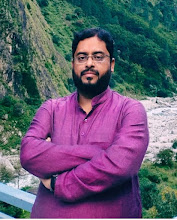














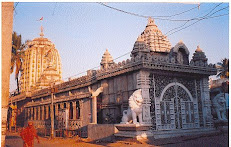

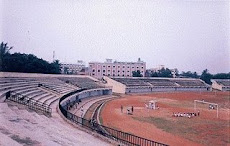.jpg)












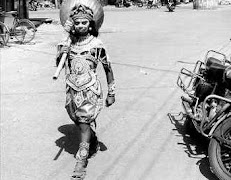





































No comments:
Post a Comment